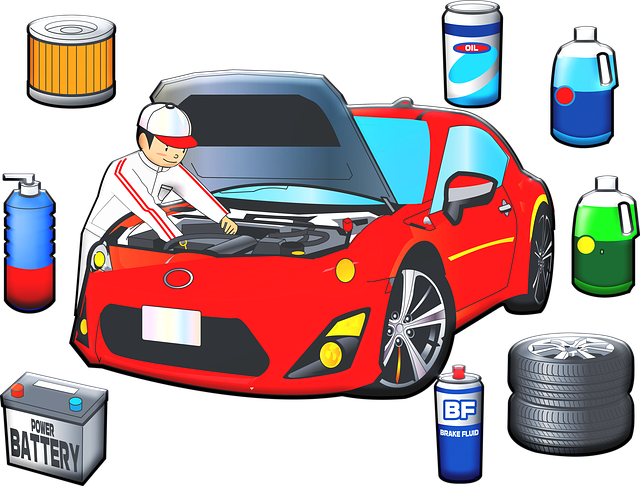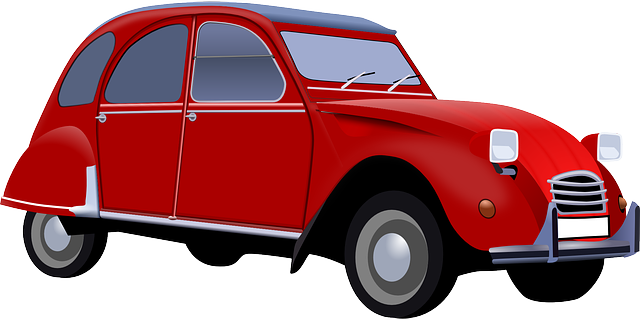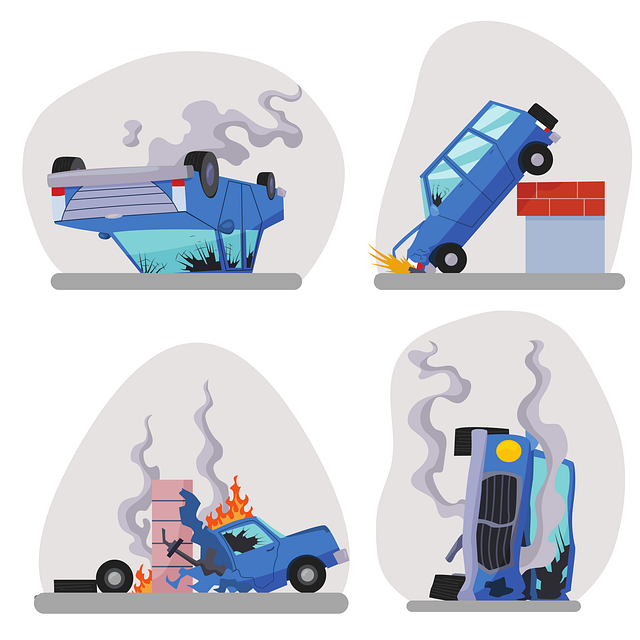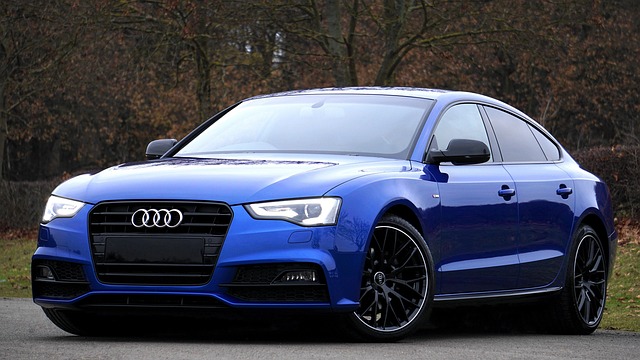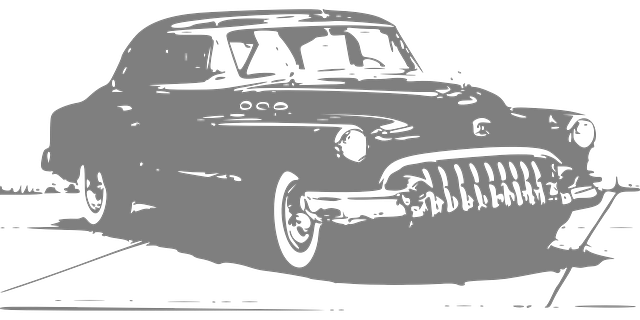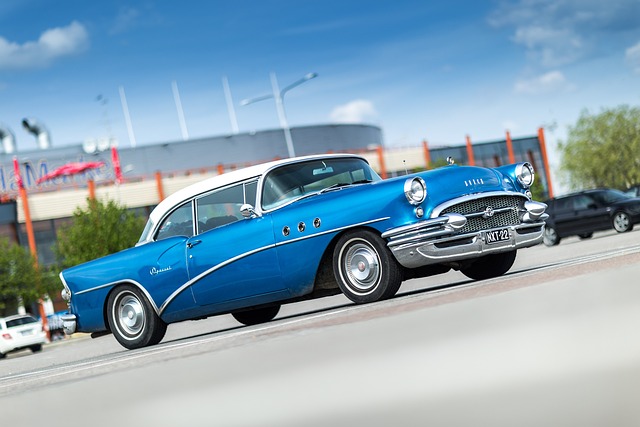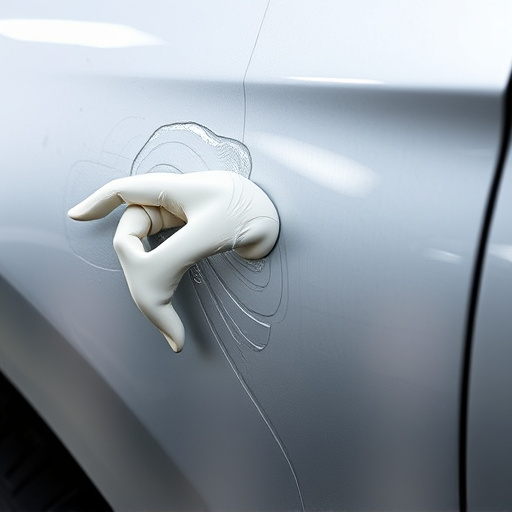Adhering to Original Equipment Manufacturer (OEM) standards is paramount in bumper collision repair, ensuring restored bumpers match vehicle specifications for quality, safety, and aesthetics. These guidelines, focused on precision and compatibility with modern crash safety designs, guide technicians from part selection to advanced repair techniques like paintless dent removal. Strict compliance not only meets customer expectations but also enhances vehicle value and road safety, requiring ongoing training, genuine OEM parts, and advanced equipment for collision repair shops to thrive.
In the realm of bumper collision repair, adhering to Original Equipment Manufacturer (OEM) repair standards is paramount. These rigorous standards ensure that damaged vehicles are restored to their pre-collision condition, maintaining structural integrity and aesthetic precision. This article delves into the significance of OEM standards, exploring why collision repair technicians prioritize them and how they implement and maintain these essential practices within their shops. By understanding these principles, folks can appreciate the meticulous process behind a top-notch bumper collision repair job.
- Understanding OEM Repair Standards for Bumper Collision Repair
- Why Do Bumper Collision Repair Technicians Follow OEM Standards?
- Implementing and Maintaining OEM Repair Standards in a Bumper Collision Repair Shop
Understanding OEM Repair Standards for Bumper Collision Repair

Understanding OEM Repair Standards for Bumper Collision Repair involves grasping a set of precise guidelines that ensure original equipment manufacturer (OEM) approval and quality. These standards are meticulously designed to bring damaged bumpers back to their original state, maintaining the vehicle’s aesthetic appeal and structural integrity. For bumper collision repair technicians, adhering to these standards is paramount as it ensures the safety and reliability of the repaired vehicle.
OEM standards require meticulous attention to detail, from using genuine parts to following specific procedures for paintless dent repair or auto body services, as applicable. This rigorous adherence guarantees that the repaired bumper not only matches the vehicle’s original specifications but also enhances its overall value. In the realm of auto collision repair, meeting these stringent criteria is a testament to the technician’s skill and commitment to excellence, ensuring customer satisfaction and peace of mind.
Why Do Bumper Collision Repair Technicians Follow OEM Standards?

Bumper collision repair technicians adhere to Original Equipment Manufacturer (OEM) standards for several compelling reasons. Primarily, OEM standards ensure that the repaired bumper retains its original quality and performance characteristics. Using OEM parts and processes guarantees compatibility with the vehicle’s existing systems, maintaining safety standards crucial for bumper functionality. This precision is especially vital in today’s advanced automotive designs where bumpers play a significant role in collision safety.
Moreover, adhering to OEM standards enhances the overall aesthetics of the car repair services. Paintless dent repair techniques, for instance, allow technicians to restore dents without sanding or painting, preserving the original paint job and finish. This level of detail not only meets but exceeds customer expectations for high-quality vehicle repair, ensuring that the repaired bumper looks as good as new alongside other meticulous car repair services offered in the market.
Implementing and Maintaining OEM Repair Standards in a Bumper Collision Repair Shop

Implementing and maintaining OEM (Original Equipment Manufacturer) repair standards in a bumper collision repair shop is paramount for ensuring high-quality repairs that match the vehicle’s original specifications. This process involves adhering to the precise guidelines set by car manufacturers, which cover everything from part selection to painting techniques. By adopting these standards, technicians can guarantee that repaired bumpers not only look identical to their pre-accident state but also maintain the safety and structural integrity of the vehicle.
Regular training sessions, access to genuine OEM parts, and state-of-the-art equipment are crucial components in sustaining these rigorous repair standards. Collision repair shops must prioritize investing in these resources to stay current with evolving industry norms. This commitment not only enhances customer satisfaction but also ensures that the repaired cars meet or exceed their initial quality levels, ultimately contributing to safer roads and better overall vehicle performance.
Bumper collision repair technicians adhering to Original Equipment Manufacturer (OEM) repair standards is paramount for ensuring vehicle safety, quality, and performance. By following these stringent guidelines, repairs not only match the original equipment’s precision but also preserve the vehicle’s overall value. Implementing and maintaining OEM standards in bumper collision repair shops involves rigorous training, access to genuine parts, and adherence to detailed specifications. This commitment to excellence benefits both consumers and the automotive industry as a whole by promoting reliable, safe, and visually-appealing repairs.
